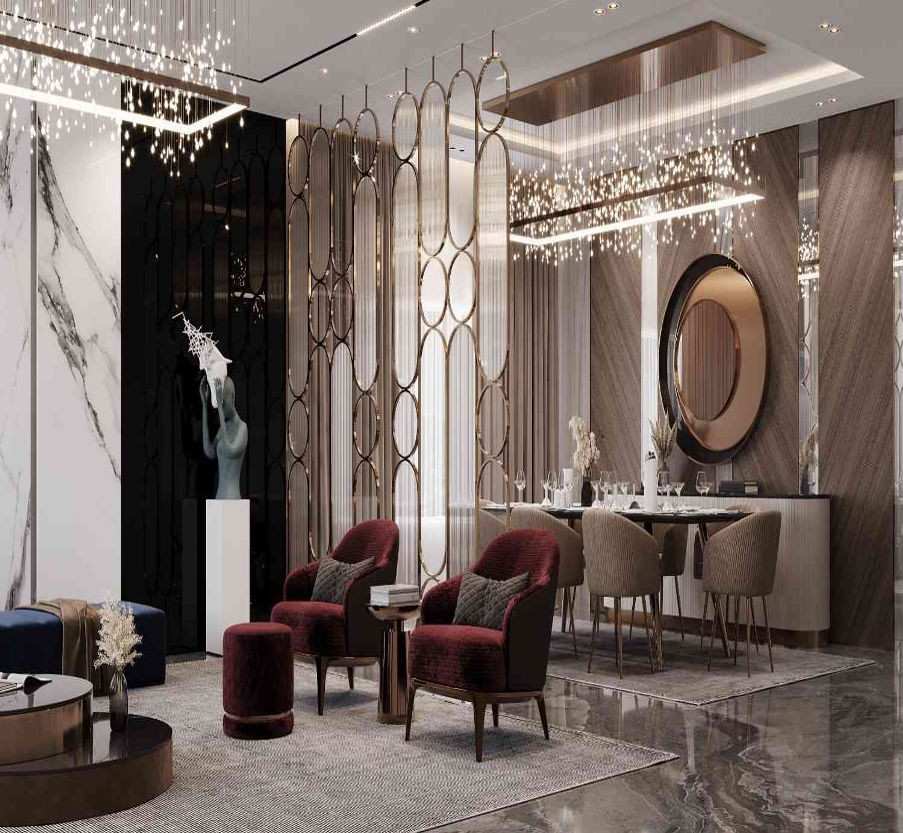
Hospitality spaces such as hotels, restaurants, and lounges need to create a welcoming and comfortable environment for their guests. These places serve as a home away from home, where visitors want to relax, enjoy, and feel special.
The process of designing such spaces requires creativity and careful planning. A skilled interior design company works hard to turn these areas into warm and inviting spots that reflect the spirit of the business and the needs of the guests.
The Client’s Vision:
The transformation begins by understanding what the business owners want to achieve. Every hospitality space has its own character, whether it’s a small coffee shop with a cozy feel or a large hotel lobby designed to impress. Designers spend time discussing ideas and goals with their clients. This helps shape the direction for the entire project.
Choosing the Right Materials and Furniture:
Picking the right furniture and materials is an important step in shaping the space’s atmosphere. Designers think about how the space will be used every day and select items that are both comfortable and durable. Soft textures might be chosen for seating areas to invite guests to stay longer, while hard-wearing materials are picked for high-traffic spots. Color choices also play a big role in setting the mood, whether it’s calming blues or warm earth tones.
Creating Functional Layouts:
A well-planned layout allows guests and staff to move around easily without feeling crowded. Designers carefully place seating, counters, and pathways so everything feels natural and open. This kind of flow makes the space feel welcoming and helps daily operations run smoothly.
Adding Unique Touches:
Adding special elements gives hospitality spaces character and makes them memorable. This might be a striking chandelier, a piece of local art, or custom furniture designed specifically for the project. These details create visual interest and invite guests to enjoy the space fully. They help the business stand out and encourage visitors to return.
Balancing Style and Practicality:
Style is important, but it works best when combined with practical choices. Materials and furniture must hold up under constant use and still look good over time. Designers select easy-to-clean surfaces and sturdy pieces that keep the space looking fresh day after day, even with many guests passing through.
A specialized interior design company changes hospitality spaces into places where people feel welcome and comfortable. This thoughtful work shapes environments that leave a lasting impression and invite guests to come back again and again.